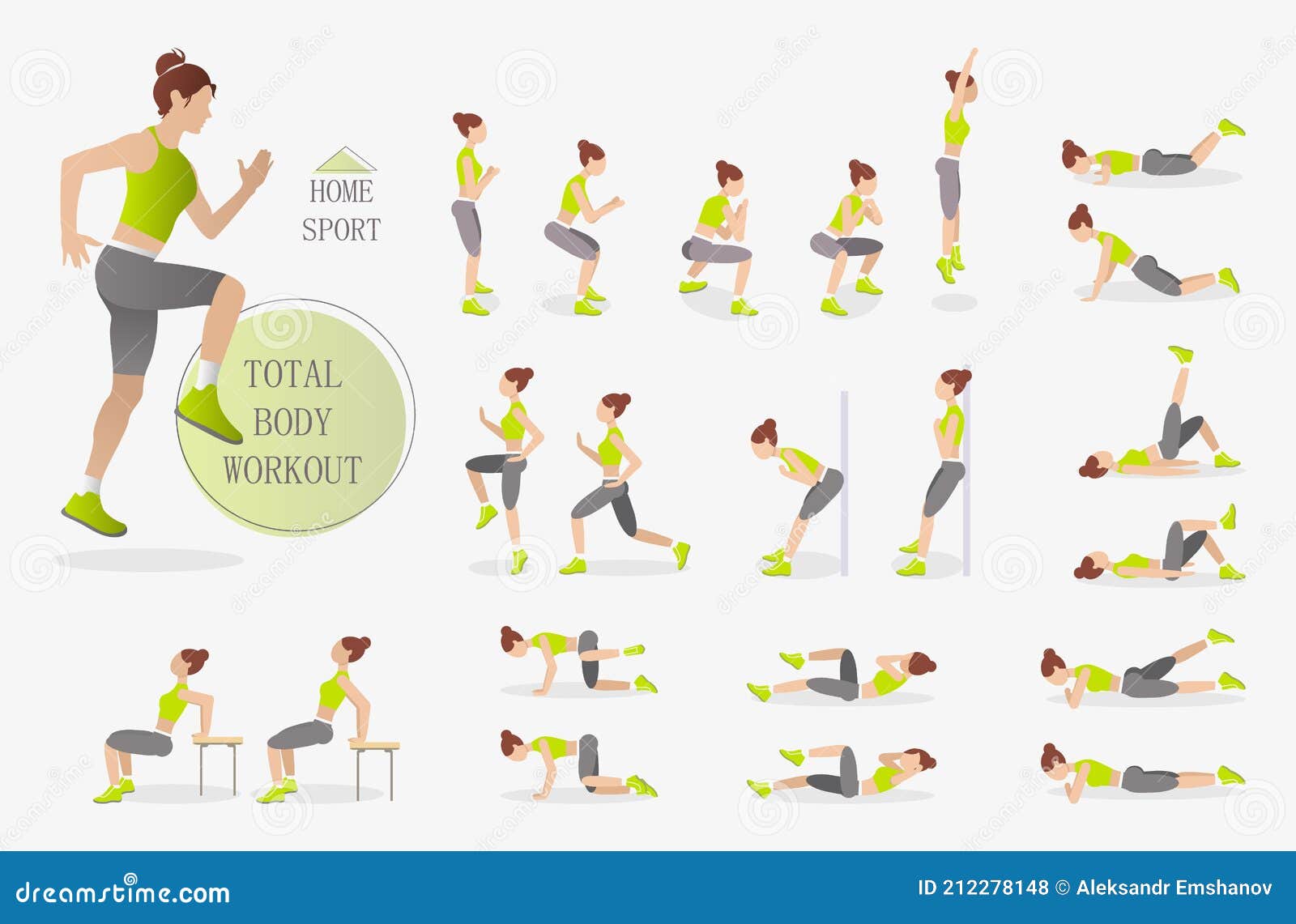There Was a Generation Gap Over Concerns About Health Care and Voter Turnout in the Recent Elections
There is a gap this year between younger voters, under 30, and all older age…
 There is a gap this year between younger voters, under 30, and all older age groups regarding attitudes toward the unfolding health care bill. Interest in the midterm elections varies by age as well. The greater the age spread the greater the differences. Why are younger adults less likely to vote and more apt to accept the health care legislation?A�
There is a gap this year between younger voters, under 30, and all older age groups regarding attitudes toward the unfolding health care bill. Interest in the midterm elections varies by age as well. The greater the age spread the greater the differences. Why are younger adults less likely to vote and more apt to accept the health care legislation?A�
A recent Rasmussen poll shows only 41% of all likely voters deemed the current health care plan as good for the country. A significant majority (57%) of those under 30 believe in the plan, while only 35% of those 65+ think it is good. Interestingly, 53% of younger voters favor repeal of the health Personal Care Synonym care law, yet 83% of them rate their coverage as good or excellent compared to 82% of the total sample and 89% of the 65+ respondents. Is this because most of the younger age group are now covered by their parents insurance but realize this will end at 26 years of age? Or are they simply confused?
Satisfaction with the direction of the country was a question asked in a Pew research survey in which 22% of the total respondents expressed satisfaction, with 38% of the under 30 crowd agreeing and only 17% affirming in the 65+ group. Younger people are more than twice as satisfied as older Americans, who have the experience of tracking the movement of the country for many years. Youths have a major stake in the future, but are they willing to make their voices heard using the power of the ballot box?A�
Back when the boomers, who turn 65 next year, were in their late teens, the cry was that if people their age were old enough to die in Vietnam they should be old enough to vote. Although they won the right to vote in 1971, the voting record of those 18 to 29 year old has been disappointingly low in off-year elections. It was 8% or less in every midterm over the last decade and is projected to be about 8% again this year, according to Gallup.
On the other end of the spectrum, Pew research reports that 76% of those 65+ say they plan to vote and are expected to account for at least 27% of the votes cast this November. By contrast, only 45% Things To Avoid During Chemotherapy of the under 30 age group say they will vote. The total voter turnout this year will be about 40%, but the only poll that counts is how many votes are tallied and which candidates or issues win.
From now through election day and for some time after that, the vote will be sliced and diced in more ways than a kitchen device demonstration in a TV infomercial. Every House seat, a majority of the Governorships and many of the Senate berths are up for grabs. In virtually every race, the New Seniors’ vote can determine the winners. That’s why it is our responsibility to study the candidates and issues, volunteer, donate money if possible and turnout on election day.
Let’s show the rest of the electorate how important it is to get involved and the value of each and every vote. Maybe, when the dust settles and all can see what our ballots meant, more young people will be motivated to become regular voters, too.








